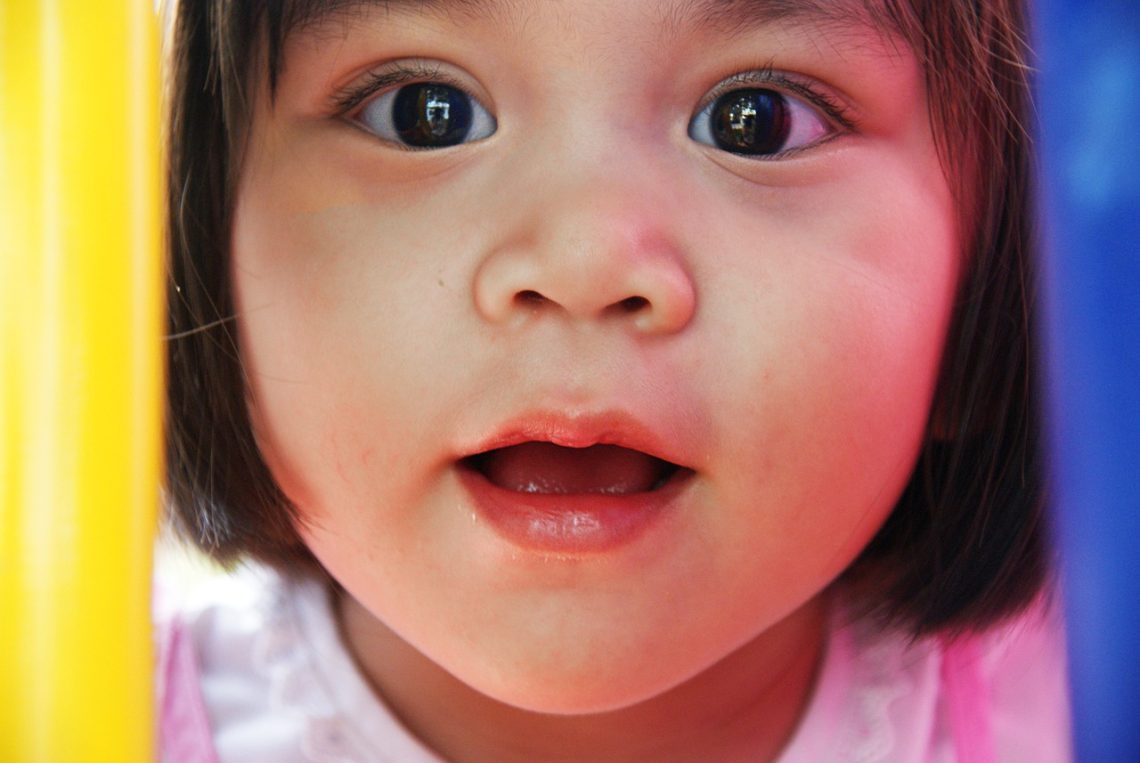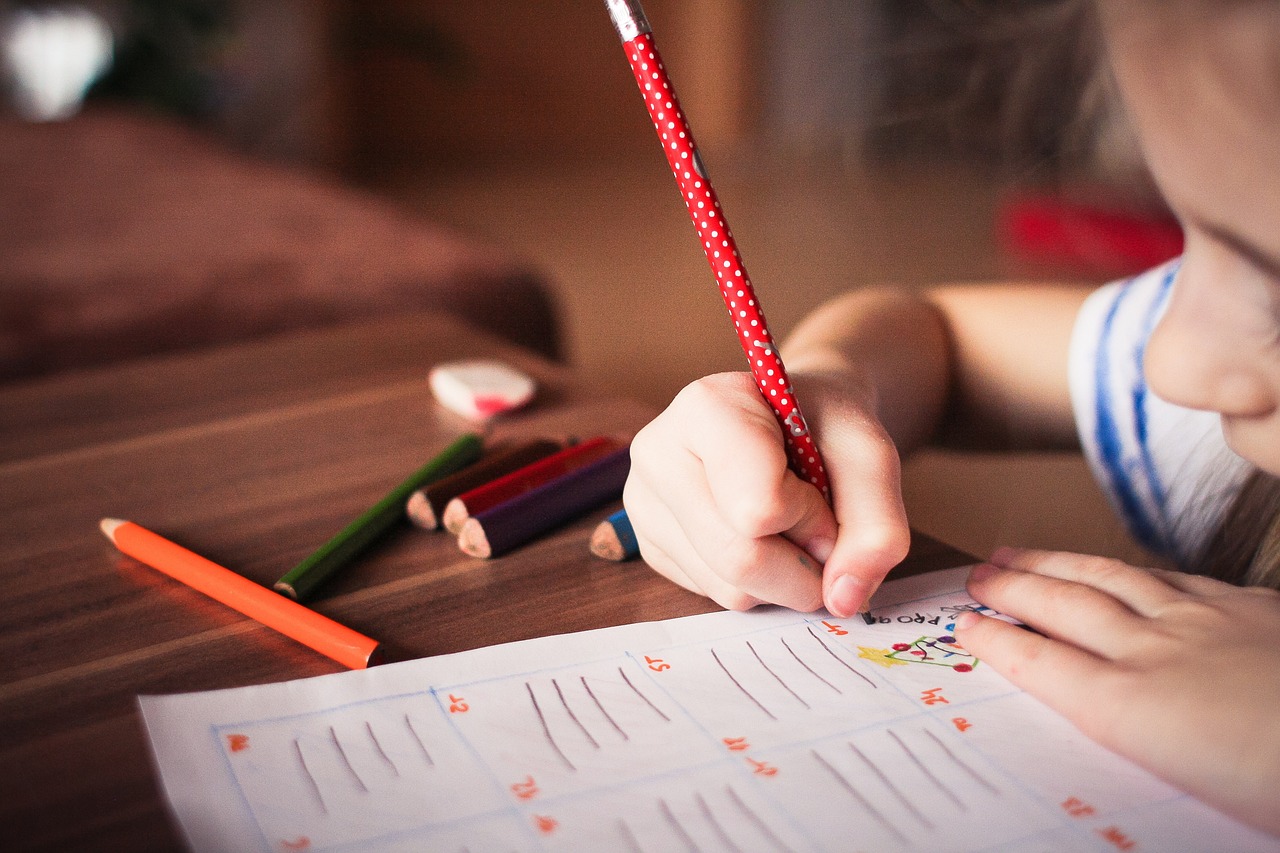
Building Resilient Kids: The Role of Positive Discipline in Childcare
Parenting can be a challenging journey, and discipline is a topic that often comes up. Many parents and caregivers wonder about the most effective way to discipline children. Positive discipline is an approach that focuses on teaching rather than punishing. In this blog, we’ll explore the role of positive discipline in childcare and how it can help build resilient kids who are better equipped to handle life’s challenges.
What Is Positive Discipline?
Positive discipline is a child-rearing approach that emphasizes guidance, empathy, and mutual respect. Unlike traditional punitive methods, such as time-outs or harsh punishments, positive discipline aims to teach children appropriate behavior and life skills while maintaining a healthy parent-child relationship.
The Building Blocks of Positive Discipline
- Open Communication: Positive discipline promotes open communication between caregivers and children. Encouraging kids to express their feelings and thoughts helps them understand and manage their emotions.
- Setting Clear Expectations: Children thrive when they know what is expected of them. Clear, age-appropriate expectations are a foundation of positive discipline.
- Consistency: Consistency in rules and consequences provides a sense of security for children. They understand the boundaries and know what to expect.
- Problem Solving: Positive discipline encourages children to be part of the problem-solving process. Caregivers involve kids in finding solutions to issues, helping them develop critical thinking skills.
The Importance of Empathy
Empathy plays a significant role in positive discipline. When caregivers understand and validate a child’s feelings, it fosters a sense of connection and trust. This emotional support is essential for building resilience.
When children feel understood and heard, they are more likely to develop strong self-esteem, emotional intelligence, and problem-solving skills. They learn that it’s okay to experience negative emotions and that they can cope with challenges in a healthy way.
Building Resilience through Positive Discipline
Resilience is the ability to bounce back from adversity, adapt to change, and face life’s challenges with a positive attitude. Positive discipline contributes to the development of resilience in several ways:
- Emotional Regulation: By encouraging children to recognize and express their feelings, positive discipline teaches emotional regulation. Kids learn that it’s okay to feel upset or frustrated, but they also learn healthy ways to manage those emotions.
- Problem-Solving Skills: Involving children in finding solutions to issues teaches them problem-solving skills. This is a valuable life skill that helps them navigate challenges effectively.
- Positive Self-Image: The emphasis on empathy and understanding in positive discipline helps children develop a positive self-image. This, in turn, contributes to resilience because kids who believe in themselves are better equipped to face challenges.
- Strong Relationships: Positive discipline promotes healthy, strong relationships between caregivers and children. When children feel supported and loved, they are more likely to seek guidance and support when facing difficulties.
- Empathy for Others: Children who have experienced empathy and positive discipline are more likely to show empathy to others. This compassion and understanding make it easier for them to build strong relationships with peers and adults.

The Role of Caregivers in Positive Discipline
Caregivers play a vital role in implementing positive discipline. Here are some ways caregivers can use positive discipline techniques:
- Model Behavior: Children learn by example. Caregivers who model empathy, respect, and emotional regulation provide a powerful lesson for children.
- Effective Communication: Use positive language and active listening when communicating with children. Encourage them to express their feelings and thoughts openly.
- Set Clear Expectations: Define clear and age-appropriate expectations. Explain the reasons behind rules and consequences, so children understand the “why” behind the “what.”
- Problem-Solving Together: Involve children in finding solutions to problems. Ask for their input and help them brainstorm ideas.
- Consistency: Be consistent in your approach to discipline. Children feel more secure when they know what to expect.
Challenges of Positive Discipline
While positive discipline offers numerous benefits, it’s not without its challenges. It requires patience, consistency, and the ability to remain calm in the face of challenging behavior. Some children may initially resist the approach, especially if they are used to more punitive methods. However, with time and consistency, most children will respond positively to positive discipline.
Positive discipline is not only an effective approach to teaching appropriate behavior but also a powerful tool for building resilience in children. By promoting emotional regulation, problem-solving skills, and empathy, caregivers can help children develop the qualities needed to face life’s challenges with confidence and adaptability.
Ready to nurture your child’s resilience? Join Little Munchkins today and discover the power of positive discipline for their brighter future. Enroll now!
You May Also Like

Sibling Harmony 101: Nurturing Peaceful Bonds and Calming Conflicts Between Brothers and Sisters in the World of Childcare!
2023-12-19
Childhood Fever (Part 1)
2022-01-31

